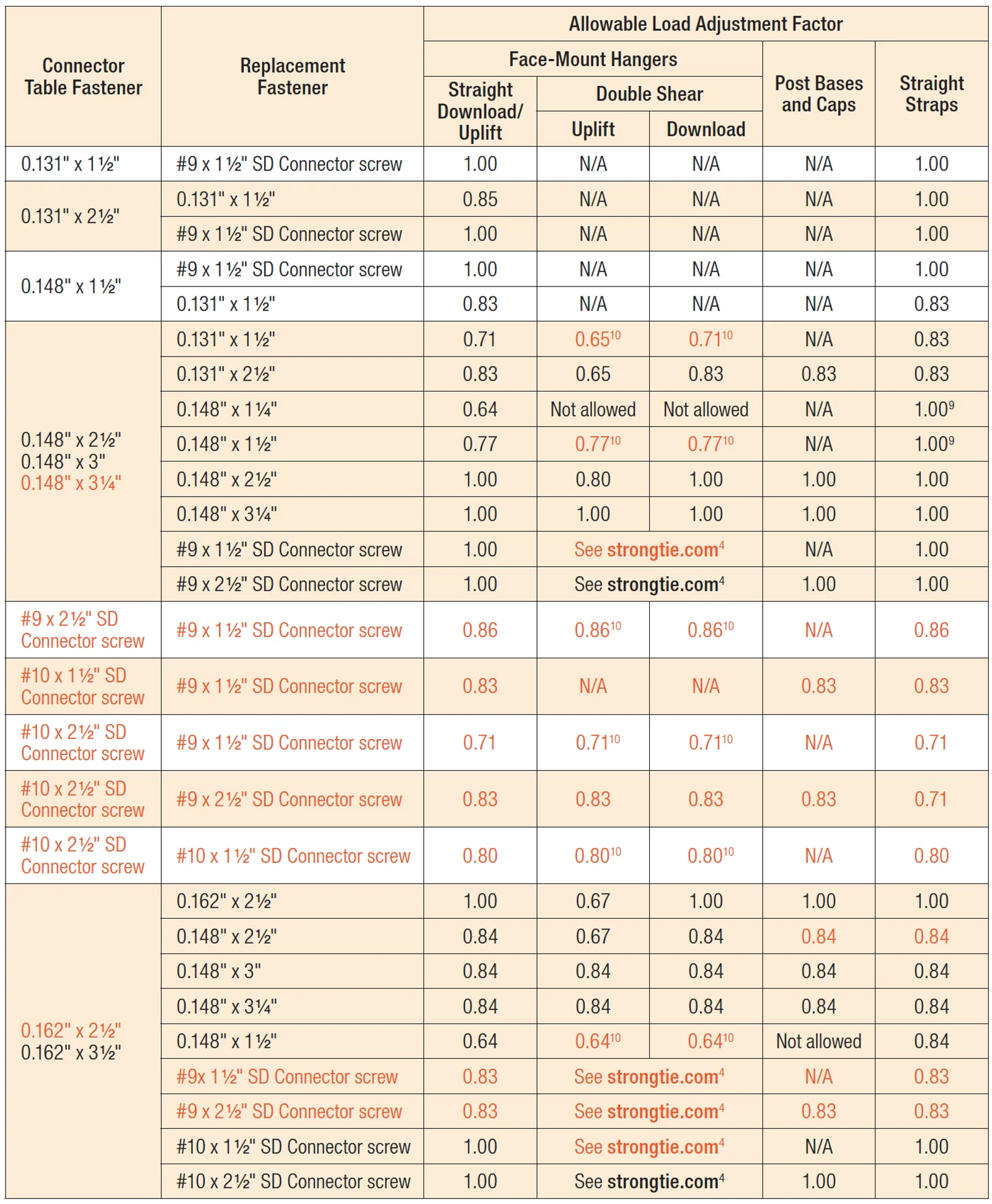Using the wrong nail is Common and can put you in a real tight Box and turn your project into a Sinker. Every hanger, shear wall, and framing connection deserves the right nail and without direction from your structural engineer you could be losing crucial capacity out of your connection.
The first step is understanding the different type of nails…
Common Nails - The first choice for many framing, construction and carpentry uses. The heavy shank provides sturdy support for framing and other rough work where strength and function are more important than appearance, because the round head is visible on the surface.
Box Nails - Look similar to common nails but have thinner shanks, making them less likely to cause splitting when driven into thinner pieces of wood. The thin shaft also means they aren't as strong. They are often galvanized to help prevent corrosion.
Sinker Nails - Sinkers" are thinner than common nails, have a smaller, flat nail head and are often coated so they can be easily driven flush, or even counter-sunk.
Each type of nail has its own size per pennyweight and is best to ask the engineer to label the nail by diameter and shank length. As you can see in the chart below, provided by Simpson Strong Tie, the wrong nail can have major implications in the hanger capacity. If the wrong nail is used there can be a reduction as much as 64% if the nail is acceptable at all.


